
A Journalist Pretended To Be Insane To Expose The Terrible Conditions Of 19th Century Asylums
It is no mystery that back in the day mental health institutes had some troubling practices and severe changes to the system needed to be made. The famous 20th-century Rosenhan experiment proved that when it comes to diagnosing patients, doctors were not capable of distinguishing sane from insane, proving that many sane individuals could have spent their days locked up in asylums. Before that, in the 19th century, a pioneering female journalist set out to shine a light on the terrible conditions of psychiatric hospitals.
In 1887 journalist Nellie Bly conducted an experiment that later brought awareness to the cause and lasting fame
Image credits: H. J. Myers
Nellie agreed to do an undercover assignment for the New York World newspaper, that aimed to investigate the terrible conditions of the Women’s Lunatic Asylum on Blackwell Island in New York. She would later publish her entire experience in a book called ‘Ten Days In A Mad-House’.
Image credits: British Library
In her book, she described the moment her editor offered her the opportunity to do the investigation: “How will you get me out,” I asked my editor, “after I once get in?” “I do not know,” he replied, “but we will get you out if we have to tell who you are, and for what purpose you feigned insanity–only get in.” I had little belief in my ability to deceive the insanity experts, and I think my editor had less.” Little did Nellie know that she would not only get in, but the things she’d see would change her life forever.
To get into the asylum, Nellie had to perfect her act as an ‘insane person’, and it was not easy.
Image credits: Ten Days In A Mad-House
She would spend her days practicing her ‘insane’ face in front of the mirror, she even stopped bathing. Once she was confident with her act Nellie registered herself at the Temporary Home for Females under the name Nellie Brown and began her performance.
Nellie worried nobody would believe her
Image credits: Ten Days In A Mad-House
“What a difficult task, I thought, to appear before a crowd of people and convince them that I was insane. I had never been near insane persons before in my life, and had not the faintest idea of what their actions were like. And then to be examined by a number of learned physicians who make insanity a specialty, and who daily come in contact with insane people! How could I hope to pass these doctors and convince them that I was crazy? I feared that they could not be deceived.”
Image credits: www.theruin.org
It didn’t take long for Nellie to get admitted to the Women’s Lunatic Asylum and so her experiment began. In her book she recalls the moment she stepped into the asylum, immediately one patient called her out on the act:
“Insane!” she repeated, incredulously. “It cannot be seen in your face.”
Image credits: Macaulay
Nellie spent 10 days in the asylum and what she witnessed left her in shock. If she entered the asylum completely sane, she left disturbed and horrified. In her book she wrote down all the gruesome ways patients were tortured.
Here are some of the tortures that Nellie mentioned
1. Patients were constantly left cold, shivering and begging for extra garments but never given any.
2. Women were constantly hit if they did not obey orders they were given.
3. Nellie also mentions that there were no safety measures taken in order to protect the women. In the case of a fire, women would have burned in their rooms since nobody would come to let them out.
4. Dangerous patients were tied in ropes instead of receiving a proper care.
Nellie mentions that one of the worst parts of the asylum was the food
Image credits: Bryson Jack
Women were given cold tea and bread with butter that was inedible.
She even recalls finding a spider in her food. The worst part was that patients were forced to eat the food and beaten if they refused to do so.
Bathing the patients was even worse
Image credits: Maurizio
In her book, Bly writes how she was forced to get naked in front of other women and then bathed in extremely cold water. “My teeth chattered and my limbs were goose-fleshed and blue with cold. Suddenly I got one after the other, three buckets of water over my head–ice-cold water, too–into my eyes, my ears, my nose, and my mouth. I think I experienced some of the sensations of a drowning person as they dragged me, gasping, shivering and quaking, from the tub. For once I did look insane.”
Image credits: City of St. Louis Water Department
Patients were forced to sit from 6 a.m to 8 a.m on benches without moving or talking. They were not allowed to read or write. The journalist mentions that these conditions could cause any sane person to quickly turn insane.
After getting out Nellie Bly was determined to spread the truth about the torture occurring behind the closed doors of asylums
Image credits: Library of Congress
Shortly after her release, she published her book that detailed all the torture she endured at the asylum.
The book quickly became a hit and resulted in an investigation by the grand jury. The jury increased the budget for the Department of Public Charities and Corrections by $850.000 and also ensured that in the future only seriously ill patients would be committed.
In her book, Nellie writes, “I have at least the satisfaction of knowing that the poor unfortunates will be the better cared for because of my work.”
72Kviews
Share on FacebookNellie Bly has been my hero for a long time, and I am so glad to see this post recognizing her heroism. Thank you for spreading her story!
Thank god times have changed. BTW, she did go around the world in 72 days.
However even though times have changed, doctors in asylums will often times claim a person has a condition even if they have no symptoms for it.
Load More Replies...Interesting, it said they increased the budget to solve the problem. Much smarter than just shutting everything down like we do these days. The problems with most government systems is lack of funding, not intentional corruption.
I actually think the opposite, I don't think lack of money could cause people to not realize that people shouldn't be tortured. I think the change came because of evolving ideas of mental illness as a disease and not as a symptom of an evil person. Throwing money at a problem only works if you throw it at the right places. Too often, we increase budgets and only the top level sees any increase. Teacher/nurse, etc. salaries are a fraction of the salaries of superintendents, doctors, etc. corruption is endemic in most organizations, particularly government.
Load More Replies...Nellie Bly has been my hero for a long time, and I am so glad to see this post recognizing her heroism. Thank you for spreading her story!
Thank god times have changed. BTW, she did go around the world in 72 days.
However even though times have changed, doctors in asylums will often times claim a person has a condition even if they have no symptoms for it.
Load More Replies...Interesting, it said they increased the budget to solve the problem. Much smarter than just shutting everything down like we do these days. The problems with most government systems is lack of funding, not intentional corruption.
I actually think the opposite, I don't think lack of money could cause people to not realize that people shouldn't be tortured. I think the change came because of evolving ideas of mental illness as a disease and not as a symptom of an evil person. Throwing money at a problem only works if you throw it at the right places. Too often, we increase budgets and only the top level sees any increase. Teacher/nurse, etc. salaries are a fraction of the salaries of superintendents, doctors, etc. corruption is endemic in most organizations, particularly government.
Load More Replies...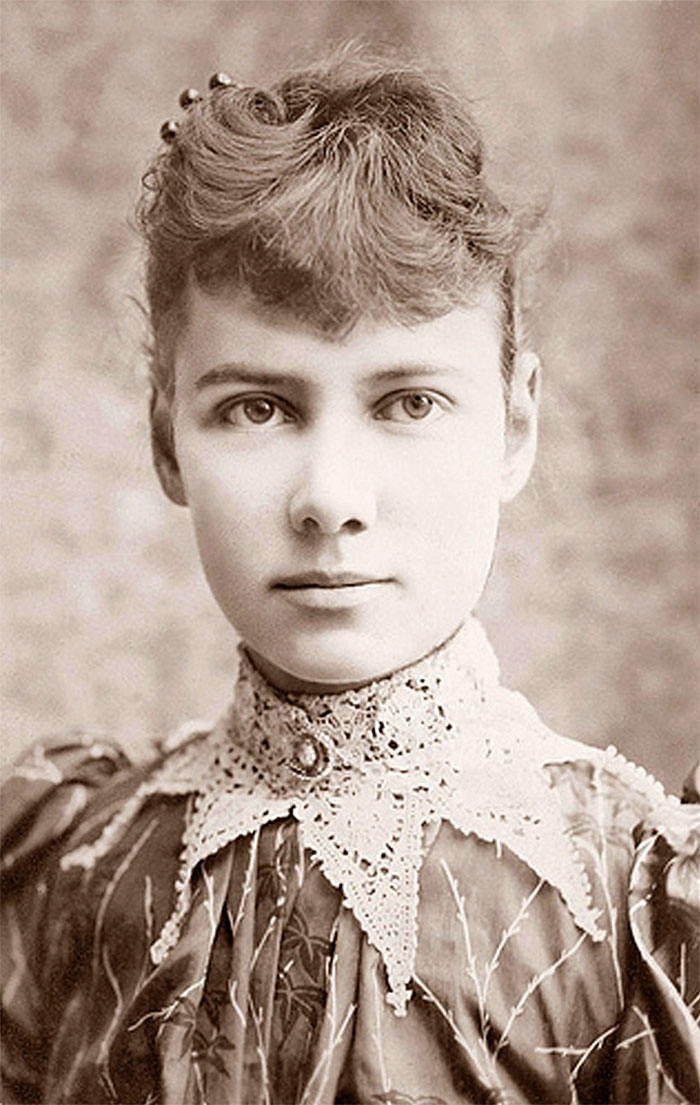
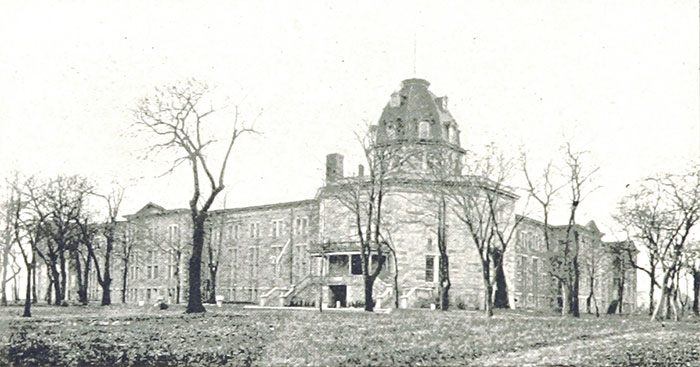
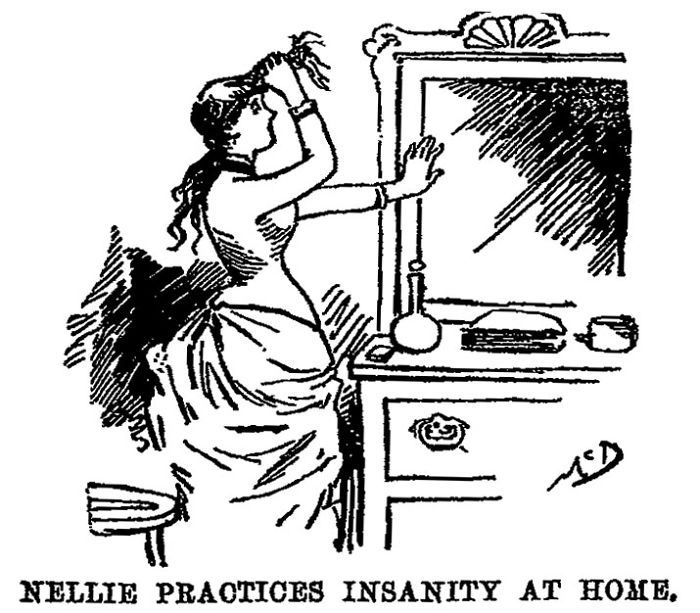
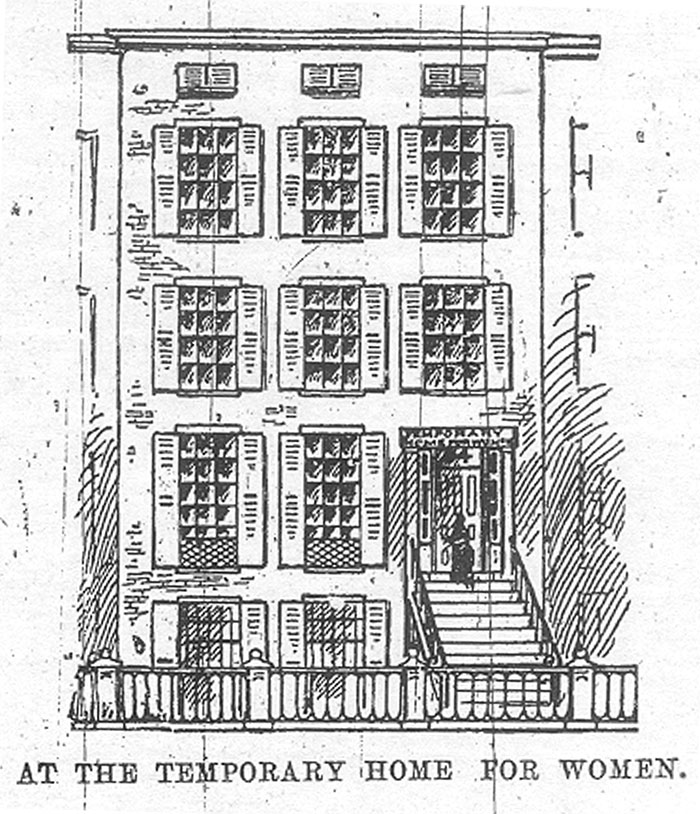
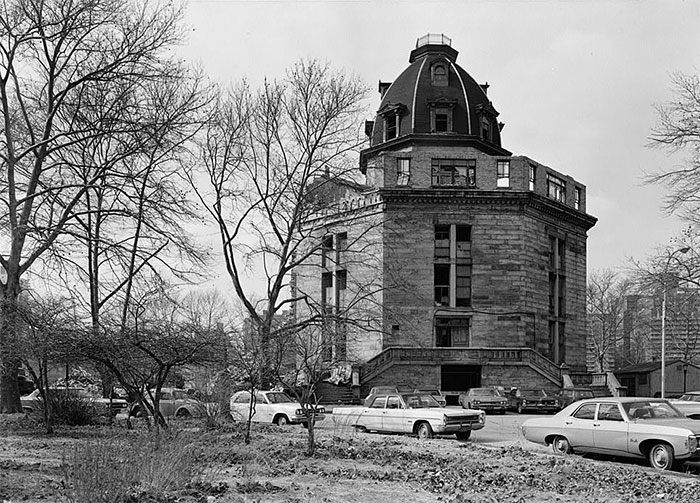
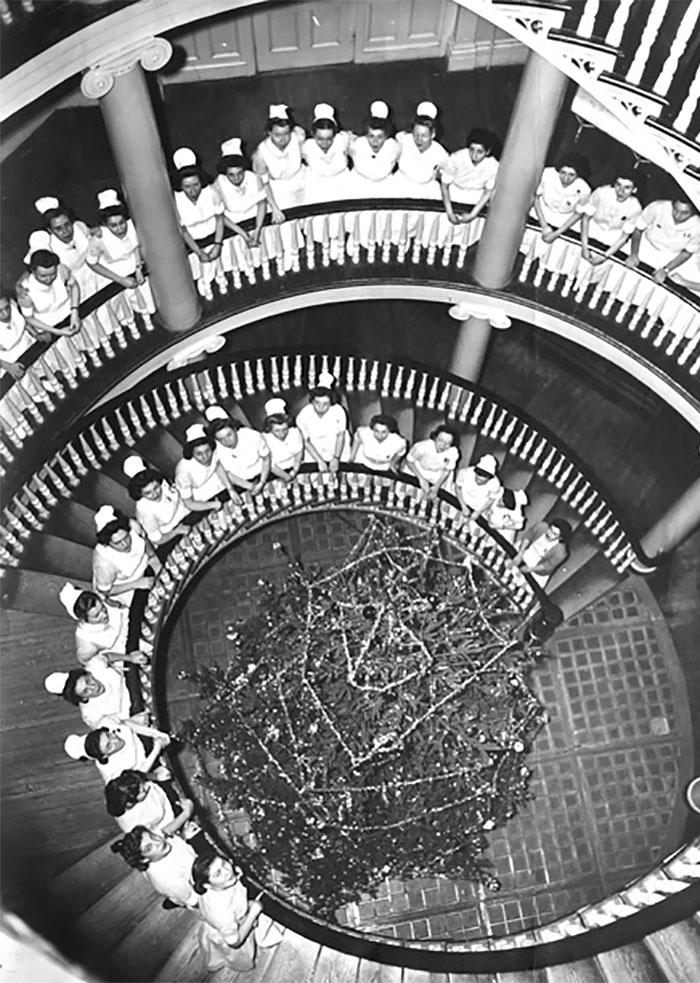
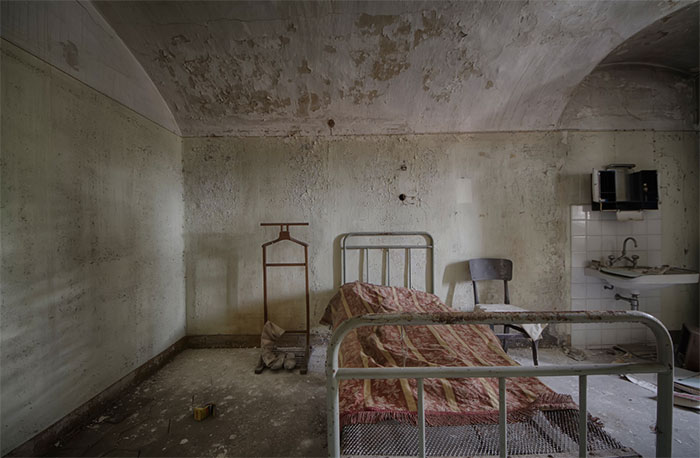
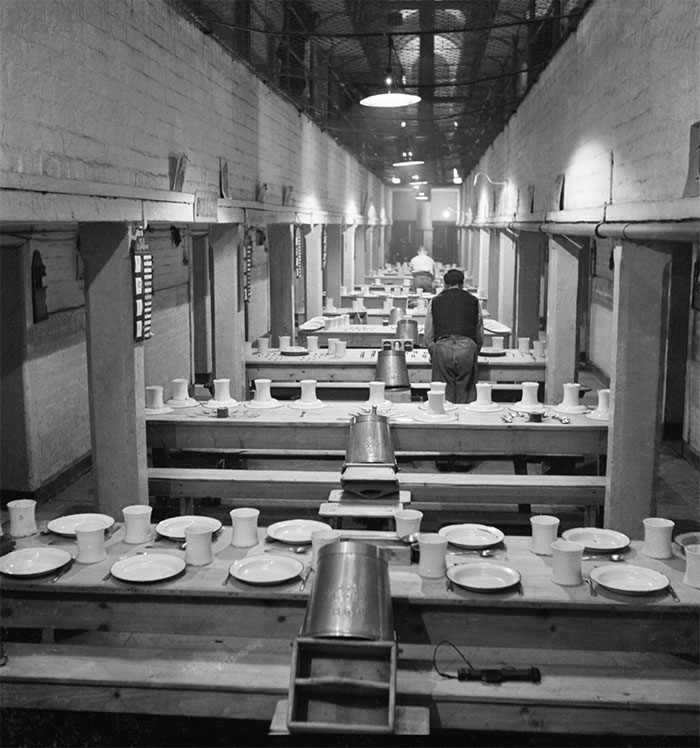
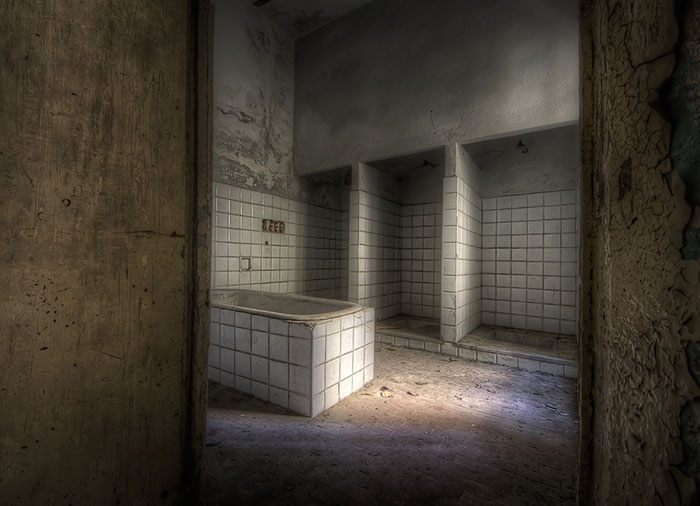
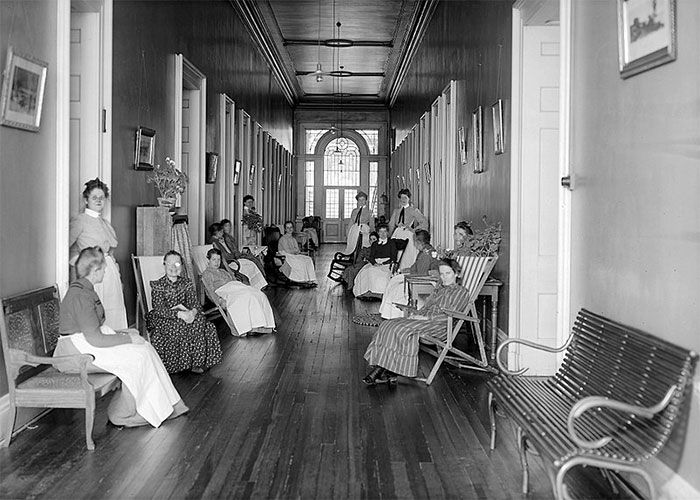
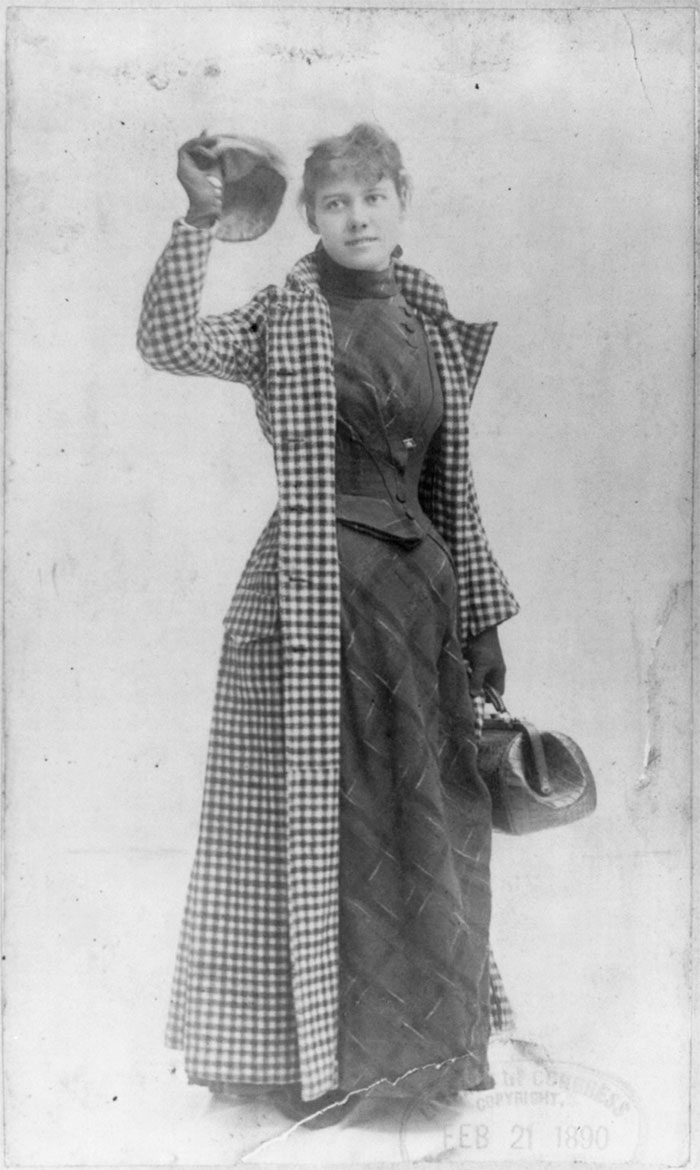



484
38